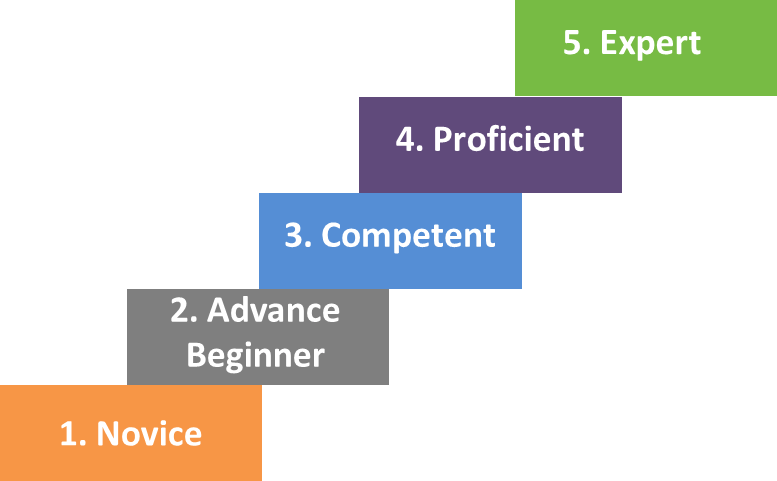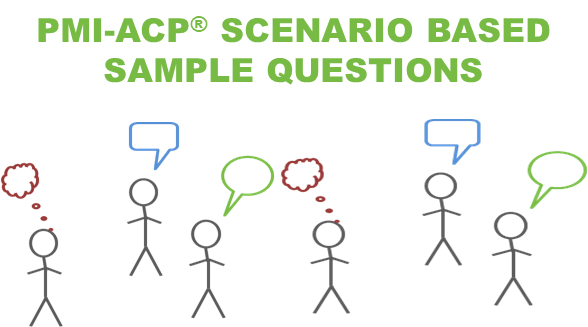The Five Dreyfus Model Stages
During the seventies, the Dreyfus brothers conducted a thorough research on the topic of how an individual obtains and masters a skill. They observed people with high-quality expertise in different spheres and came to the conclusion, that the individual doesn’t only acquire more knowledge in his field, his whole perception and approach to the world evolves. They created a five-stage model which aims to describe the journey of a person from obtaining a skill to mastering it.

1. Being a Novice
When the individual has little or no experience at all in executing a particular skill. The Dreyfus brothers describe it in a manner, which is untraditional. By “experience” they mean the fact that performing the particular skill would lead to no change of perspective or thought within the person. There are plenty of cases to be given as an example, as many people work in the same position for years, but do not obtain any knowledge, nor “experience” and their ten years of experience on paper, could be taken as a one-year experience when observed through the Dreyfus Model.
The notice aims to succeed and focuses on results rather than knowledge. The latter explains why managing teams consisting of novices could be a struggle.
2. Advanced Beginners
The novice evolves by figuring out the mistakes in his work. The newly, “promoted” advanced beginner dwells into the world of troubleshooting. Unfortunately, the hasty mindset is not lost, and the individual still aims to acquire results fast, in this case gain knowledge and information. An example would be when a coder with years of experience starts learning a new program language, he could be a master in PHP but an advanced beginner in Python. Scrolling through the documentation will not lead to productive results.
3. Competent
We are in the middle ground of the model. An individual falls into this category when he is fully capable of troubleshooting and solving problems on their own, as well as planning their future actions while avoiding previous mistakes. The practitioner will still experience trouble when it comes to pinpointing the exact details to focus on. The IT sphere works mainly in teams in order to smoothen out these processes.
4. Proficient
The individual now looks at the bigger picture. Their focus falls onto understanding the essentials of the framework and often experience frustration when documentation is oversimplified. Proficiency is defined by the self-improvement skills which each person in the stage has. Not only does the proficient practitioner learn from his own mistakes, he observes others as well, anything could be a vital source of information.
5. Expert
The fifth and final stage of the model is when the individual becomes an expert in the field. The difference between the fourth and the fifth stage is that people in the fifth are a source of information and knowledge themselves. Their experience is so vast that other people look up to them. A major part of the work done by the expert is based on his intuition. They lead major teams, write books, conduct studies and etc.
Establishing where each member in all of your teams falls in the Dreyfus Model could determine the team’s success.


